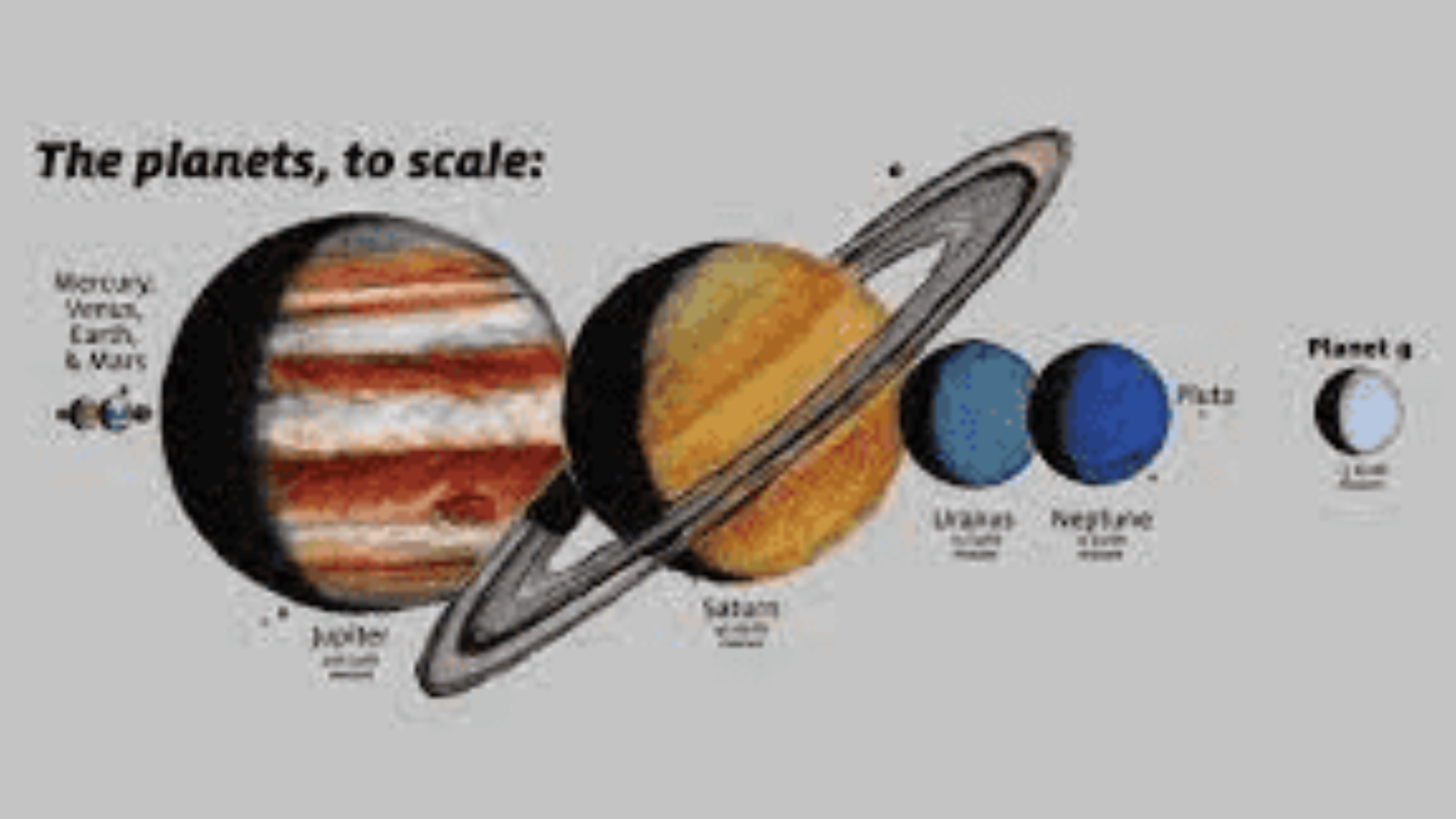
In the expansive reaches of our solar system, a captivating scientific conundrum has surfaced, beckoning the keen minds of astronomers to embark on an intellectual odyssey.
What is “Planet X”?
The concept of a ninth planet, occasionally referred to as “Planet X,” is not new. Its historical roots are entwined with previous astronomical speculations. The upsurge of interest in this idea, however, can be attributed to the groundbreaking research of astronomers Konstantin Batygin and Mike Brown, whose 2016 work laid the groundwork for Planet Nine’s resurgence into the scientific forefront.
The Kuiper Belt, a celestial hinterland residing beyond Neptune, serves as the epicenter of the Planet Nine conundrum. It is a region inhabited by icy objects, among which Pluto and Eris – one of the largest known dwarf planets of our solar system – are renowned inhabitants. Yet, within this remote realm, subtle gravitational tugs on Kuiper Belt Objects (KBOs) provide the first clues to the presence of a hidden planetary body.
Planet Nine defies direct visual recognition, lending it an enigmatic character that contributes to its allure. Its existence is deduced from the disturbances it causes in the orbits of KBOs, which lend distinctive properties to their elliptical paths.
“Planet X” Characteristics
Estimates suggest that Planet Nine could possess a mass ten times that of Earth, positioning it as a super-Earth-sized entity on the outskirts of our solar system. Presuming its existence, Planet Nine follows an elliptical orbit of remarkable eccentricity. It navigates a protracted journey, spanning thousands of terrestrial years to complete a single solar orbit. Given its staggering distance from the Sun, Planet Nine is expected to be a world shrouded in ice, with a substantial atmosphere to withstand the profound chill of its extraterrestrial habitat.
The scientific community continues its tireless quest to pinpoint Planet Nine. This relentless pursuit employs advanced telescopes and sophisticated data analysis techniques to survey the night sky, in the hopes of discerning the faint traces of this concealed celestial body.
The discovery of Planet Nine carries profound implications for the field of planetary science. It may elucidate the enigmatic deviations in the orbits of neighboring celestial bodies, shedding light on the intricacies of celestial mechanics and planetary formation. It may even shed light on undiscovered parts of theories we still know little about – gravity. Furthermore, the study of this ninth planet serves as a bridge between our solar system and the exoplanetary realm, permitting insights into the commonalities and distinctions between our planetary family and those found orbiting distant stars.
Planet Nine, the tantalizing cosmic mystery, exemplifies the scientific spirit’s relentless pursuit of knowledge. Its elusiveness, while complex, serves as a testament to the dedication of astronomers and their enduring quest to unearth the secrets of the solar system. As our technological prowess and understanding of the universe advance, we move ever closer to the resolution of this hypothetical ninth planet’s mystery. Until that moment arrives, the allure of the unknown, the thrill of scientific discovery, and the potential to redefine our comprehension of the solar system’s intricate dance continue to inspire the gaze of astronomers, directing us toward the realization of Planet Nine’s secrets and the recalibration of our cosmic narrative.
Bibliography
https://www.caltech.edu/about/news/caltech-researchers-find-evidence-real-ninth-planet-49523
https://science.nasa.gov/dwarf-planets/eris/
https://science.nasa.gov/solar-system/planet-x/
https://www.space.com/planet-9-mystery-deepens-gravity-theory
Find more interesting science articles at https://projectcleris.org


Right here is the perfect blog for anyone who wants to understand this topic. You understand so much its almost tough to argue with you (not that I actually would want toÖHaHa). You definitely put a brand new spin on a topic that has been discussed for ages. Great stuff, just excellent!